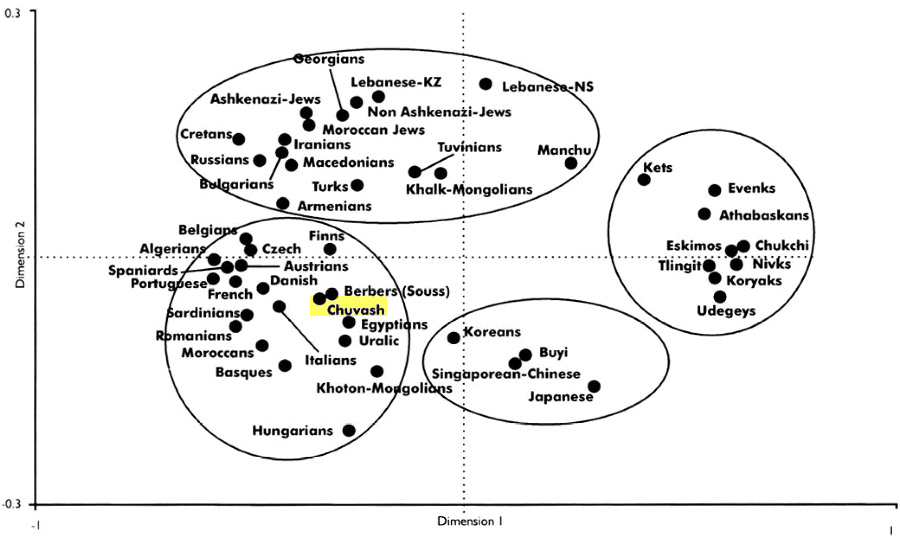HLA genes in the Chuvashian population from European Russia:
Admixture of central European and Mediterranean populations
Human Biology, Jun 2003 by Arnaiz-Villena, Antonio, Martinez-Laso, Jorge, Moscoso, Juan, Livshits, Gregory, et. al.
Human Biology, Jun 2003
Links
Foreword
Of many artificial enigmas in the Türkic history, the Chuvash puzzle is one of the most interesting. In the mid of the 19th c., a not very erudite Russian nationalist advanced an idea that Chuvashes are Bulgars, and it was readily adopted as an official doctrine, first by the Czarist state, and then by the Soviet Russia, but it was not accepted by the Chuvash neighbors, who hold them to be Türkified Mari, i.e. genetically Finno-Ugrians. Neighbors call Chuvashes "Suasla Mari", i.e. Water As Mari, a calque of Suvar Mari, and it is semantically identical to the Canadian French, or Afro-American, and no Russian nationalist would be able to convince anybody that they in reality are former Irokese Indians. The Bulgar epitaphs that were used to concoct Chuvash identity, on closer examination a century later proved that Chuvashes had little to do with the Bulgars. Linguistically, Chuvashes are Türkic-speaking, in a language that stands out from other Türkic languages (see Swadesh comparison), and it is accepted that Chuvash language is related to the Suvar language.
There is a novel idea that Chuvashes < Tabgaches < Tobases are a splinter of Toba (Ch. Tuoba 拓拔) people. This novel idea appear to be totally unsustainable, on cultural and historical grounds. Toba/Topa/Tofu were a product of Hunnic fathers and Mongolian mothers, as nomadic as were the Huns, genetically bearing the distinctly Mongolic mtDNA imprint. The Türkic side of their language would be pretty much Uigur, i.e. Karluk, i.e. Chagatai. There are tough tests to meet, and obviously Chuvashes do not meet them.
The ethnologically unsustainable Chuvash version postulates that Chuvash-speaking people settled in the Itil/Volga region from 7th to 9th cc., after the takeover of the Kurbat's Bulgaria Magna by the Khazars, and decimation of the Southern Bulgarian provinces by Badjanaks. After the Mongol conquest of 13th c. the nomadic Suvar population split, with Tengrian Chuvash Suvars preserving the original and unique Türkic Bulgar language, and the other part of Moslem Suvars formed Kazan Khanate, inheriting Volga Bulgars' Islam with renewed influences from Central Asia, who are the modern Tatar people. The Tatar language is a mixture of Suvar , nomadic Türkic of the original Kimak and Mongol Tatars, and literate Chagatai. The Chuvash version was formulated at the end of the 20th. c, it does not have a historical depth, the oldest records on Chuvashes, dating to ca. 17 th c., documented that Chuvash people had no knowledge about their historical origin, had no traces of nomadic horse husbandry traditions, could not have participated as nomadic horse cavalry in the takeover of the Sogd and Bactria, nor did they retain any legendary memory of the glorious exploits that fell on the fate of the Suvars.
The HLA human leukocyte antigen is not a papa's Y-DHA, nor is it a mama's mtDNA, it is a product of both mama's and papa's genes. The large extent of variability in HLA genes allows to single out individuals for paternity testing. The frequency of alleles only in specific populations is distinct in living populations, allowing to trace migration of ancient human populations and ethnical composition of modern populations.
The HLA study found that Chuvash contains little indications of Central Asian-Altaic
gene flow, i.e. Bulgar or Suvar. However, a bigger picture demonstrates the opposite,
that Chuvashes are precisely intermediate in the lineup Belorussians - Russians -
Chuvashes - Uzbeks - Uigurs, with steadily diminishing portion of the African
(maroon) and Near
Eastern (dark blue) and
Mediterranian (light blue) genes,
and steadily increasing portion of the Indian (dark green)
and Central Asian (light green) and
South Asian (dark yellow) and Northern
Asian (light yellow) genes. For easy
comparison, the chart shows typical carriers of these different gene lines. Chuvashes
carry a substantial proportion of the eastern South Asian and Northern Asian genes,
quite compatible with the proportions found among Mongols.
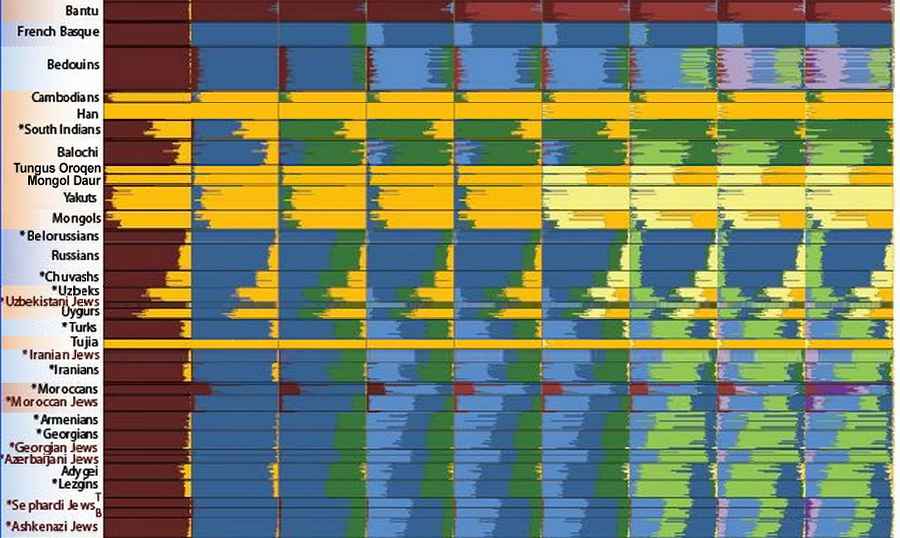
The posting's notes and explanations, added to the text of the authors and not noted specially, are shown in (blue italics) in parentheses.
Selected Citations
Results
...genetic distances obtained by using DR-DQ generic typing allele frequencies (Table 4, not shown, Figure 4) show that Russians, Finns, Austrians, Belgians, and Czechs are the populations closest to the Chuvash, followed by the other western and eastern Mediterranean populations.
...among the Chuvash... the most frequent combinations are characteristic of European and Mediterranean
(western and eastern) populations
(B*07-DRB1*1501, haplotype frequency [HF] = 12.6;
B*35-DRB1*0101, HF = 7.2;
A*03-B*35, HF = 7.2;
B*50-DRB1*0701, HF = 4.3, A*33-B*14, HF = 1.8
The most frequent HLA-A-B-DR-DQ extended haplotypes found in the Chuvash population
(Table 5, not shown) reflect mainly an admixture of Central European
(A*03-B*35-DRB1*0101-DQB1*0501)
and Mediterranean
(A11*-B*35-DRB1*0701-DQB1*02,
A*24-B*44-DRB1*0701-DQB1*02,
A*33-B*14-DRB1*0102-DQB1*0501)
contributions (see Table 5 and footnote, not shown). In addition,
several haplotypes have been found in the Chuvash not previously described in any other
population, reflecting an autochthonous HLA genetic background with an uncertain origin
(One would think that precisely because Chuvash origin is
controversial and mystifying, finding unique haplotypes would be very important, and and
a beginning of additional work to de-mystify "genetic background with an uncertain
origin", if the objective is more then pro forma report).
Chuvash, Bulgarians, Caucasians and Bulgars
From the data obtained in the present work, the genetic backgrounds of both populations (Chuvash and modern Bulgarians) are clearly different. The Chuvash have a Central European and some Mediterranean genetic background (probably coming from the Caucasus), while the Bulgarians have a classical eastern Mediterranean composition, grouping with Macedonians and Iranians in the neighbor-joining trees obtained by using DR and DQ genetic distances (Figure 4) and confirmed by correspondence analysis (Figure 5) (Greeks are profoundly missing from Figure 5, and Figure 4 mysteriously groups Iranians with Tuvinians/Koreans/Japanese, without associated comments). It is possible that only a cultural and low genetic Bulgar influence was brought into the region without modifying the genetic background of the local population (Since Suvars were in a love-hate political alliance with Bulgars, not much gene flow should be expected between pre-Asparukh Bulgars and Suvars, and practically no Suvar traces among the modern Bulgars should be expected. In the 2nd - 1st millenniums BC, Suvars/Sabirs/ Sabaroi are known in the Mesopotamia, in the 7th c. BC Hesiod wrote that inventors of bronze working were Scythians, and the early Messopotamian name for bronze was transparent zubur, in the 124 BC Sabirs/Sabaroi participated in the conquest of Sogdiana and Bactria, in 120 AD Ptolemy located them in the Pripyat-Buh interfluvial, in the 3rd - 10th cc. AD they occupied extensive territory centered around Chernigiv, and in the 10th c. competed with Rus princes for domination. Most of the Suvars remained in the Ukraine, a part of them migrated to Itil/Volga as a separate principality with a center in the city Nur-Suvar, and melted into Bulgar politonym. Unlike nomadic horse husbandry Suvars, who despised sedentary life and farming, the early Chuvashes are known only as sedentary agriculturists with a serf status).
The Chuvash relatedness to Caucasian (Georgians) and Middle Eastern people suggests that the Chuvash genetic pool has characteristics from ancient Middle Eastern, Caucasian, and Mesopotamian people (Which is consistent with the historical Suvars). A south-to-north gene flow may then be postulated for the Chuvash while only northern European or Asian relatedness was previously postulated (Livshits et al. 1999a) (The Suvars' Mesopotamia presence was well documented long before Livshits et al. 1999a; it may be a source of Mesopotamia origin legends among the Itil/Volga Bulgars). Middle East, Anatolian, and Caucasian people are likely to genetically represent the ancient population stock of the area, that is, Hittites and Mesopotamians. Other invasions have had a noticeable cultural but not a genetic impact (Arnaiz-Villena et al. 2001c, 2002). On the other hand, whether the Chuvash are a remnant of the Bulgar Hordes cannot be resolved with the data presented in this paper, and further studies are...
Genetic distances between populations (DA) were calculated by using HLA-DRBI and -DQBI (high resolution).
Data from other populations were from references detailed in Table 1
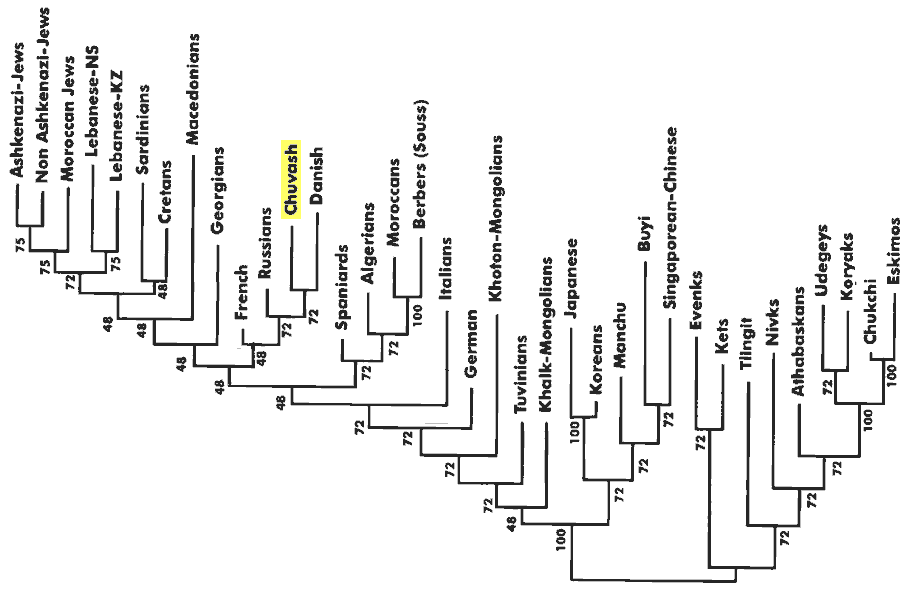
Figure 3. Correspondence analysis showing a global view of the relationship between Chuvash and other populations
according to HLA allele frequencies in n dimensions (bidimensional representation).
HIA-DRB1 and -DQB1 allele frequencies data.
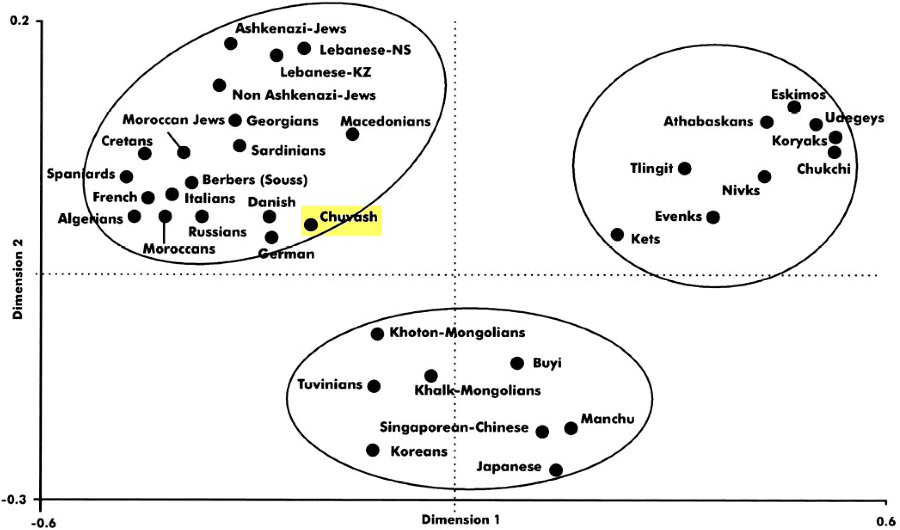
Figure 4. Neighbor-joining dendrogram showing relatedness between Chuvash and other populations.
Genetic distances betwcen populations (DA) were calculated by using HLA-DR and -DQ (generic typing).
Data from other populations were from references detailed in Table 1
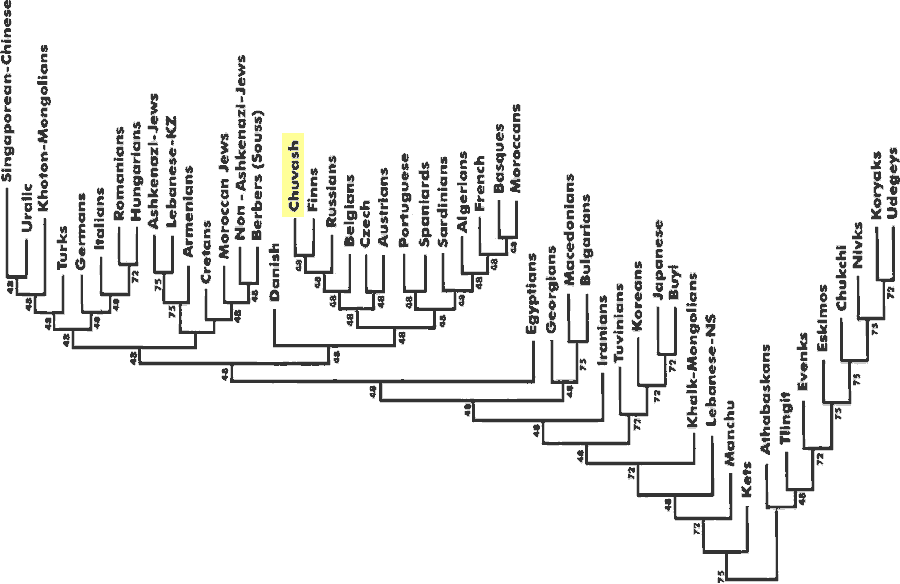
Figure 5. Correspondence analysis showing a global viev of the relationship between
Chuvash and other populations
according to HLA allele frequencies in n dimensions, [bidimensional representation].
HLA-DR and -DQ generic typing allele frequencies data.
